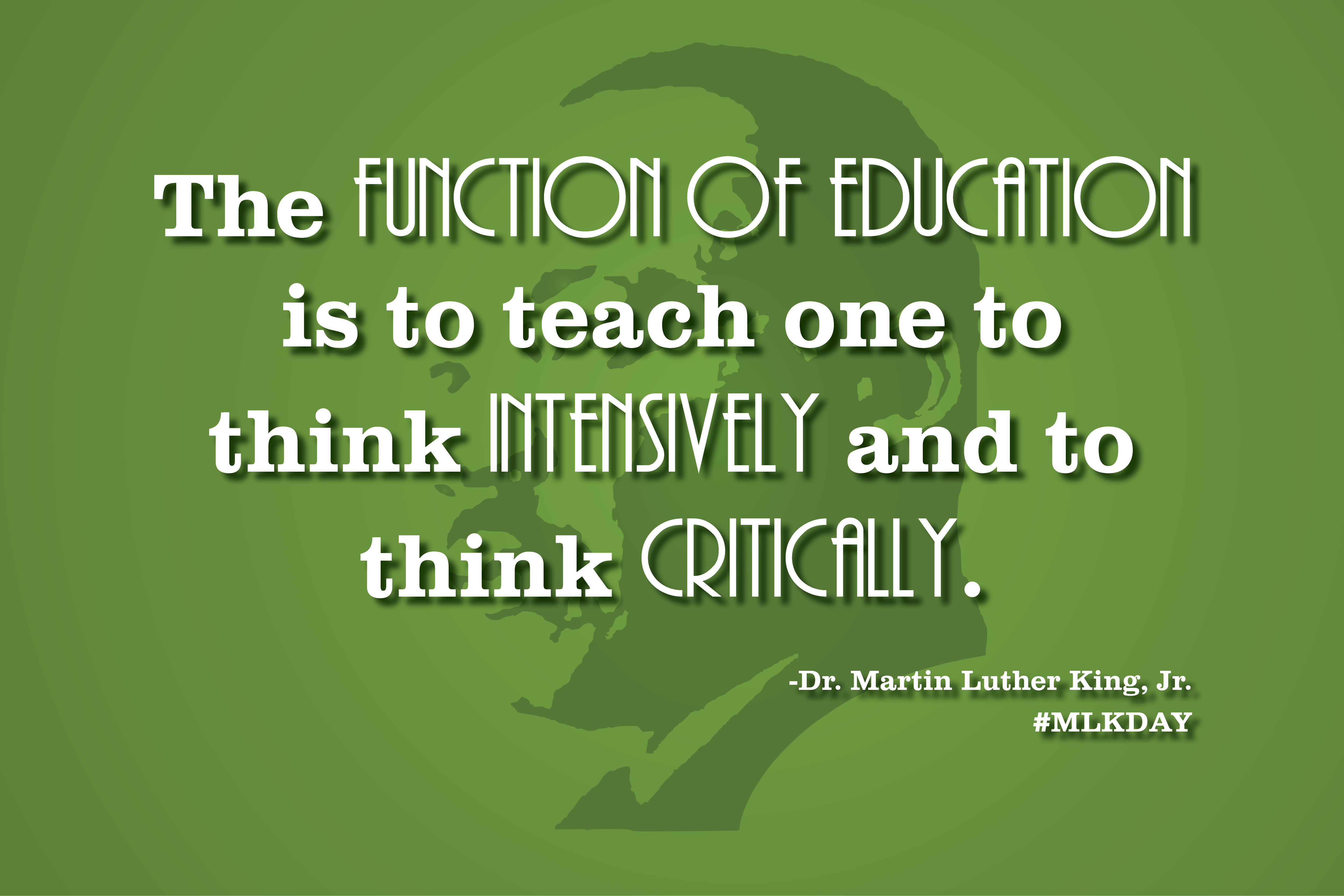Illinois State’s education alumni serve in 56 countries across the world and in all 50 U.S. states. In 1861, the University’s first graduates began leading one-room schoolhouses across Illinois. The rich history of their work is impossible to summarize, and it is certainly not quantifiable. And while each educator’s approach is unique, a passion to serve all learners unites them.
As schools and universities across the U.S. embark on the 2016 spring semester, the following journal entry serves as a poignant reminder that education does not exist outside of societal context. Generating discussion from the events of students’ lifetimes help them to be more aware of the world around them, and who they want to become.
Richard Shult ’58 is an Illinois State University (then-Illinois State Normal University) alum who taught for 46 years, most of those in California. He wrote the following entry in response to his students’ actions on Friday, April 5, 1968—the day following the assassination of Dr. Martin Luther King Jr.
Dr. King, the students, the flag
It was April of 1968. I was teaching science in Newhall California and included, that day, capsule lessons about the life and trials of Dr. Martin Luther King. This was the first school day after his assassination, and students wanted to observe his passing in what turned out to be quite poignant and meaningful. It didn’t take long to realize that perhaps half of my students weren’t showing up for class.
They instead were sitting on the lawn around the school’s American Flag. It happened that the flag hadn’t been lowered to half mast, and they were determined to stay until it was.
My choice was to join them, but what of those who came to class? So, trying to make the most of this tragic event, we included, as I mentioned before, a discussion of Dr. King’s life.
Noontime came and I approached the gathering. It was most quiet, lunch was skipped, the flag wasn’t lowered, and they were there for the duration – perhaps a third of the student body of around 900. So, I walked among them, discussing the significance of what they were doing. Their remarks were most cogent and sincere. I walked to the office, feeling quite proud of their “king-like” action.
The principal told me they were awaiting word from the State before lowering the flag. I returned to my room and before the end of the afternoon, the flag was lowered and the “demonstrators” returned to class. They will remember this always and Dr. King would have been proud that this was done in a dignified and meaningful way.
R.S. 125




One thought on “Dr. King, the students, the flag: An alumnus’ 48-year-old journal entry”